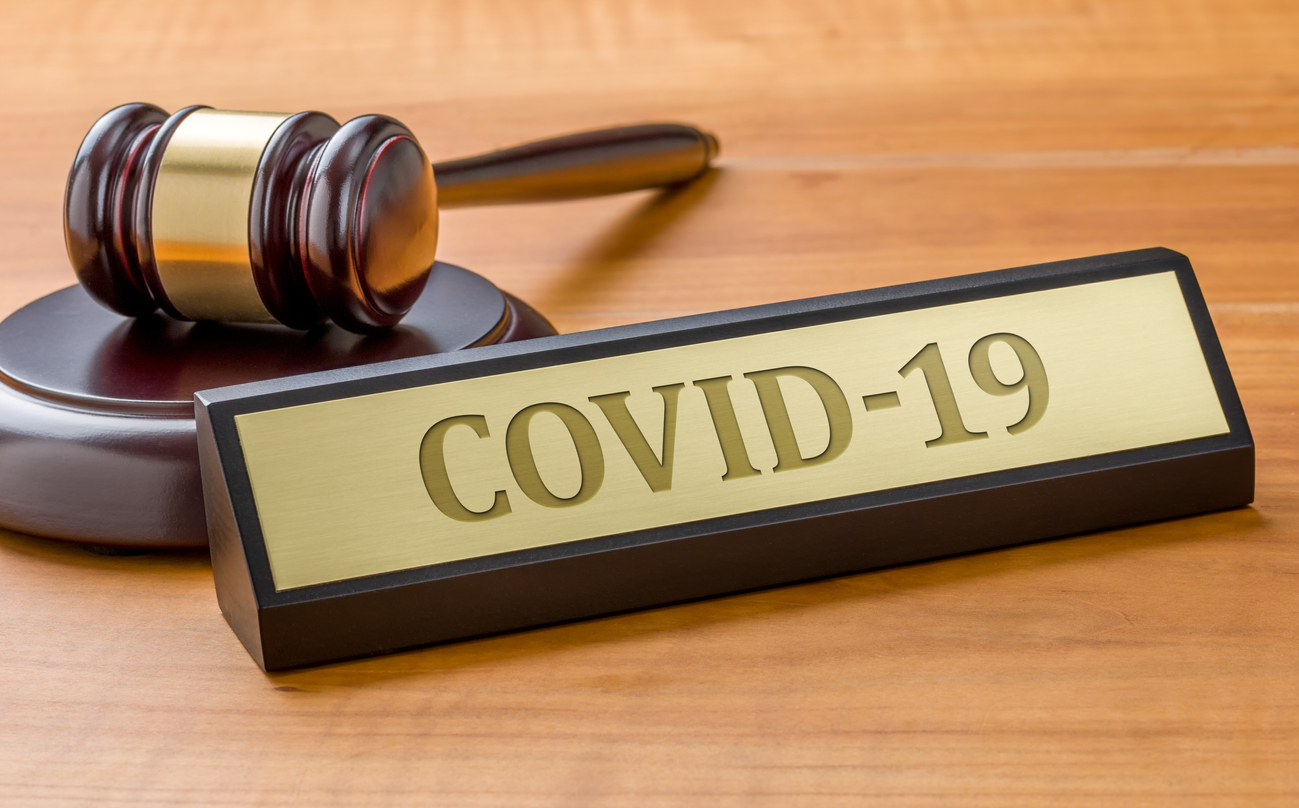Last week, I discussed a common discovery battle in bad faith insurance litigation—the battle for the attorney’s files in cases where the attorney acted as an adjuster on the claim. Policyholders prevented from obtaining discovery of these adjustment activities should, at a minimum, motion the court and ask that the file be subject to an in camera review to determine which portions of the attorney’s file are business records of the insurer or reflect any information that is relevant to the policyholder’s bad faith and statutory claims, including all documents that indicate how thoroughly the claim was considered and why the company took the action it did.
As promised, this week’s post contains additional legal arguments policyholders should consider. When courts are on the fence regarding this kind of discovery battle, it is wise to provide alternative or additional arguments based on Federal Rule of Civil Procedure 26(b)(3)(A)(ii), or the equivalent state court rule, which discusses discovery of work product prepared in anticipation of litigation.
Even if a court determines attorney work product was or may have been prepared in anticipation of litigation, the documents may still be discoverable if the policyholder shows a substantial need to prepare its case and cannot, without undue hardship, obtain the substantial equivalent by other means. This is often the case in bad faith litigation. A policyholder cannot replicate the materials withheld from the attorney’s file because there are no equivalent documents that evidence the attorney’s investigation of the claim or the attorney’s determination of what additional amounts may be owed to the insured under the policy.
In Stillwell v. Executive Fund Life Ins. Co., No. 89-A-245, 1989 WL 78159 at *4 (D. Colo. July 12, 1989) (unpublished), the U.S. District Court of Colorado noted,
[B]ad-faith actions against an insurer, like actions by client against attorney, patient against doctor, can only be proved by showing exactly how the company processed the claim, how thoroughly it was considered and why the company took the action it did. The claims file is a unique, contemporaneously prepared history of the company’s handling of the claim; in an action such as this the need for the information in the file is not only substantial, but overwhelming. . . . The ‘substantial equivalent’ of this material cannot be obtained through other means of discovery. (Emphasis added)
Senior District Judge Arraj also quoted Silva v. Fire Insurance Exchange, 112 F.R.D. 699 (D. Mont. 1986):
The time-worn claims of work product and attorney-client privilege cannot be invoked to the insurance company’s benefit where the only issue in the case is whether the company breached its duty of good faith in processing the insured’s claim.
Stillwell at *5.
Judge Arraj determined that even though the documents at issue in Stillwell were prepared in anticipation of litigation and were work-product, the documents must still be produced because plaintiff demonstrated substantial need and undue hardship. Although the Stillwell case is unpublished, it was recently cited and relied on by U.S. District Court Magistrate Judge Watanabe. See Sterling Const. Mgmt., LLC v. Steadfast Ins. Co., No. 09cv02224-MSK-MJW, 2010 WL 2822620 at *1 (D. Colo. July 16, 2010).
Policyholders cannot properly prosecute their claims unless they obtain the attorney’s contemporaneously prepared history of how the insurer processed the claim, how thoroughly the claim was considered and why the insurer took the action it did.
TIPS that may assist in winning a discovery battle over attorneys’ claims files:
- Determine during initial discovery the date when the attorney first began work on the claim or was initially brought in by the insurer. This is helpful to show the court the attorney was working on the file while the claim was still pending or being adjusted.
- Carefully review all correspondence sent from the attorney to the insured, the contractor, or other third parties. This helps to show the court that the attorney participated in other activities which adjusters often handle.
- Request correspondence between the attorney and any independent adjuster and/or consultants hired by the insurer. Again, this may help show the attorney is investigating the claim.
- Determine all insurance benefits paid after the date the attorney first began working on the claim. The court should recognize that the timing indicates the attorney was working on the claim while the claim was still being adjusted and the insurer was determining amounts owed under the policy.
- Determine how long the attorney was involved in the case prior to any litigation or the filing of any bad faith claim against the insurer. The longer the period the less likely it is possible the insurer could have been anticipating litigation.
- If the attorney representing the insurer in litigation is the same attorney that investigated the claim and acted as an adjuster, consider whether the attorney may be a witness in the case—in most cases, attorneys cannot act as both an advocate and a witness and the attorney and his or her firm may be disqualified from representing the insurer in the litigation.
For further discussion and related Florida case law on this topic, please see Chip Merlin’s post: Insurer’s Attorney Client Communications Not Discoverable in First Party Bad Faith Actions.


